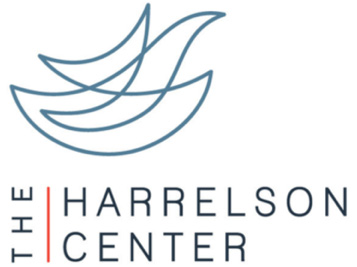Nonprofits Are More Than Charity—They’re an Economic Engine
This post is part of a series: Minding Our Business: Giving, Receiving & the Nonprofit Sector
At the 20th anniversary celebration for Communities In Schools of Cape Fear, the room shimmered with greenery, floating candles, and the warmth of longtime supporters honoring two decades of impact. After heartfelt speeches and champagne toasts, I found myself in a quieter moment with Executive Director Louise Hicks. Even on a night honoring her leadership—140,000 students served—Louise was focused elsewhere: her team.
“I hope in the coming years people start to see us as less of a charity,” she said. “Each year we inject $6 million into the local economy and provide stable, well-paying jobs for 100 people—many of whom were once CIS students or parents.”
Louise often describes her team as “her caseload.” In recent years, she’s worked with her board to implement pay studies, improve benefits, launch a 401(k) match, and create new roles with upward mobility. As she says, our people are our program and good people cost money. It’s not easy work, especially in the context of a society that emphasizes frugality and broadly labels such expenses as “Overhead.”
Cause IQ estimates Wilmington’s nonprofit sector is made up of nearly 2,000 nonprofits employing more than 9,000 people that generate over $900 million in annual revenue. Organizations like CIS Cape Fear raise millions each year to serve more than 35,000 students—all without selling a product.
Whether navigating recessions, pandemics, or government cuts, nonprofit leaders are expected to meet growing needs while keeping costs low. It’s why Executive Directors burn out at an astonishing rate; the typical Nonprofit Executive Director serves a term of 4-6 years at a given organization.
That’s why Louise’s words—and recent local screenings of UnCharitable, the documentary based on Dan Pallotta’s groundbreaking TED Talk—feel especially timely. Pallotta challenges the damaging double standards applied to nonprofits, from how they’re allowed to grow to how they pay their people.
“We have two rule books,” Pallotta says. “One for the nonprofit sector and one for the rest of the economic world.”
It’s time we retire the charity mindset. Nonprofits are critical economic engines. They offer jobs, develop leaders, and address our community’s most complex social challenges. If we want to lift up our most vulnerable neighbors, we must stop treating nonprofit work as charity and start treating it as infrastructure. That means embracing trust-based philanthropy, which challenges the traditional power dynamics between funders and nonprofits, shifting from transactional giving to true partnership rooted in mutual respect, transparency, and a shared commitment to meet the urgent and evolving needs of the people we serve.
Through crises like Hurricane Florence and the COVID-19 pandemic, the Cape Fear is used to mobilizing for short term needs. The challenge is creating an environment where nonprofits have the support, financial sustainability and ability to build strong teams, communicate boldly, and invest in long-term impact.
Our community is rich in resources. Every child should have access to a quality education, and no family should struggle to meet their basic needs. Let’s fund nonprofits not as acts of charity—but as investments in a better future for all of us.
Kendall Englehart is the communications manager for Communities In Schools Cape Fear.
The Undercurrent is a platform for diverse perspectives across the nonprofit sector. Views expressed in guest posts are those of the authors and do not necessarily reflect the views of the Harrelson Center, its staff, Board or Partners.


